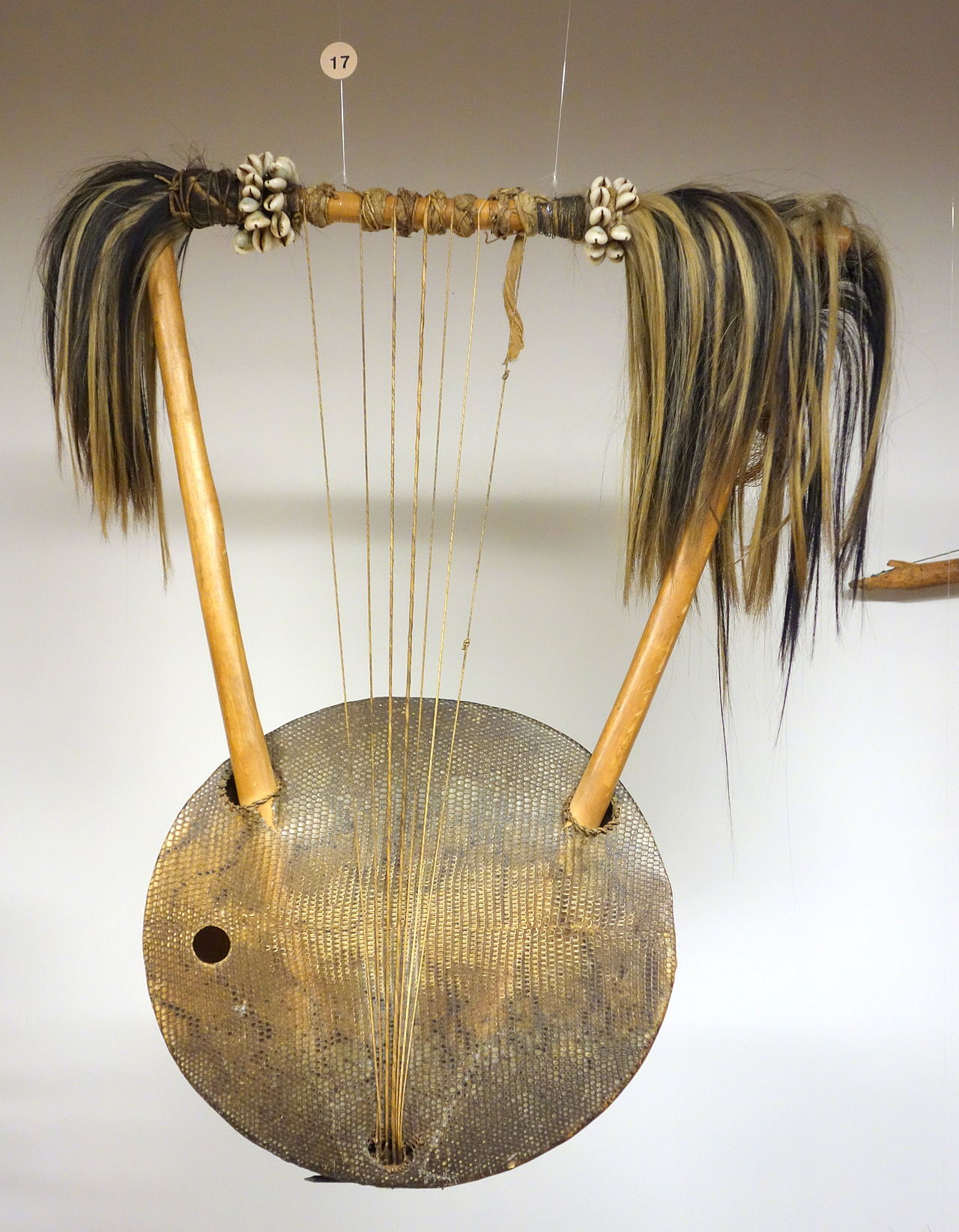The Alur people, an ethnic group belonging to the larger Luo community, predominantly reside in the northwestern region of Uganda, with a smaller number in the neighboring Democratic Republic of Congo. Despite the modernization and spread of Christianity and Islam, the Alur have managed to preserve their rich cultural heritage, with their beliefs, mythology, and rituals playing a vital role in their lives.
Overview of the Alur Beliefs
The Alur people are traditionally animistic, believing that spirits and supernatural forces inhabit the world around them. They consider their ancestors to be highly influential in their lives, as they provide guidance, protection, and, at times, punishment. They believe in a supreme deity, Jok, who is the creator of the universe and governs the natural world. Jok is perceived as a distant figure, with the Alur preferring to communicate with the spirits of ancestors and other lesser deities for their daily needs.

Mythology and Deities
-
Jok: The Supreme Deity As the creator of the universe and the omnipotent ruler, Jok is revered by the Alur people. However, they believe that Jok is distant and difficult to approach directly, so they interact with lesser deities and spirits in their day-to-day lives.
-
Nyarwek: The Rainmaker Nyarwek is the deity responsible for bringing rain and ensuring a successful harvest. The Alur people believe that the proper worship and appeasement of Nyarwek can result in a bountiful agricultural season.
-
Jure: The Guardian Spirit Jure is a protective spirit, believed to safeguard the Alur from harm and misfortune. The Alur people make offerings and perform rituals to please Jure, asking for protection and guidance for themselves and their communities.
Mythological Figures
-
Labong and Gipiir: The Founding Brothers Labong and Gipiir are legendary Alur heroes who are considered the founding fathers of their ethnic group. According to the Alur mythology, the brothers embarked on a long journey to find a land where they could settle and establish their lineage. The story of Labong and Gipiir is a foundational myth that reinforces the Alur's identity and communal values.
-
The Nyapir: A Shape-Shifting Spirit The Nyapir is a shape-shifting spirit that is believed to cause trouble and bring misfortune to those it encounters. The Alur people have numerous folktales describing the exploits of the Nyapir and its ability to take on different forms, such as animals or humans, to deceive and cause harm.
Rituals and Ceremonies
-
Ancestral Worship The Alur people practice ancestral worship, offering sacrifices and conducting rituals to communicate with the spirits of their ancestors. They believe that their ancestors can provide guidance, protection, and blessings, as well as punishment if they are not properly respected.
-
Initiation Rites The Alur have initiation rites for boys and girls as they transition into adulthood. These ceremonies involve rituals and teachings that impart the cultural values and moral expectations of the community.
-
Agricultural Rituals Agricultural rituals are integral to the Alur culture, as they rely heavily on farming for their livelihood. They perform ceremonies to ensure a successful harvest, including offerings to deities such as Nyarwek and seeking the blessings of their ancestors.
The Alur people of Uganda possess a rich cultural heritage centered around their beliefs, mythology, and rituals. The supreme deity, Jok, serves as the creator of the universe, while other deities like Nyarwek and spirits such as Jure have more immediate roles in the lives of the Alur. Heroes like Labong and Gipiir, as well as mythological creatures like the shape-shifting Nyapir, are significant figures in their folklore.
Rituals and ceremonies, including ancestral worship, initiation rites, and agricultural rituals, are essential aspects of the Alur culture. They serve to maintain a connection with the spiritual world and to preserve the customs and values that define their identity. The resilience and adaptability of the Alur people have allowed their beliefs, mythology, and rituals to persist, even in the face of modernization and the spread of other religious influences. By understanding the intricacies of their culture, one can appreciate the unique and enduring nature of the Alur way of life.